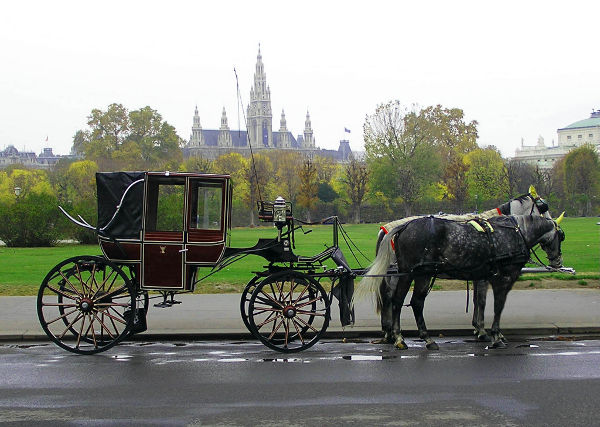This page is written from the perspective of a former commercial truck driver, experienced with operating various combinations of truck and trailer, tractor/semi & B-train combinations. It is not a definitive list of specific answers, rather a way of approaching towing from a problem solving perspective. Different countries have different laws regarding towing and different methods and hardware are used in different countries, though the general principles are the same, regardless of location.

The methods for calculating load distribution for heavy transport and what I refer to as domestic transport are the same. Although in some ways it is easier with heavy transport.
Fifth wheels are designed to carry a lot of weight in a downward direction, in fact they require it to perform properly. The weight comes down from above and slightly forward of the drive axles, which provides a balanced load on the tow vehicle.
Where trailers differ and what makes load distribution more complex is the way that the downward weight is transferred to the tow vehicle and the cascading effects that it can have on the tow vehicle. The size, weight and design criteria of the tow vehicle and the design and installation of the towing hitch will affect the ability to handle downward weight.
In calculating reasonable downward weight from the tongue of a trailer there are a number of questions to ask. What is the structural rating of the tow hitch itself? How is the tow hitch connected to the tow vehicle? (it should be attached to the chassis). Where on the tow vehicle is the downward weight transferring to the tow vehicle? (generally behind the (rear) drive axle).

When considering the size of a suitable tow vehicle I consider a 50-50 weight split between trailer and tow vehicle to be about the best. Though my car is smaller than would be suitable for all but the lightest of trailers, I will give a breakdown of my cars ratings, as it is indicative of how ratings are not always straight forward. Excuse the use of metric weights, that's what we use were I live.
My car weighs approximately 1500kgs. My tow hitch is rated to pull an un-braked load of 750kgs, a braked load of 1500kgs. The downward weight rating of the tow hitch is 40kgs with any type of load. Here in New Zealand it is illegal to tow a weight of more than 1.5 times the weight of the towing vehicle (the tow vehicle can have it's weight increased with the addition of ballast, allowing a heavier tow load, indeed it is necessary with truck and trailer units) on any weight class of vehicle. My tow hitch is not rated for the 1.5 times load as is allowed in our law for a number of reasons. Partly it is for structural reasons (my car does not have a full chassis) partly it has to do with engine size and partly it has to do with the rating of my cars baking system. The downward rating on my car is related to both the engineered rating of the whole tow hitch and vehicle attachment system, but also how the placement/transfer of weight effects the handling of the tow vehicle.
I can say from experience that a properly loaded truck/trailer/semi/B-train combination is easier and safer to handle at 44 metric tonne, than an improper load on the same vehicle combination coming out at half that weight. The smaller the vehicles are, the bigger the noticeable difference.
In practice it is not as simple as saying that a specified percentage is what is wanted over the tow hitch, until the calculations for a specific vehicle/trailer have been established.
If the tow vehicle has it's own weight distribution correctly set up for driving by itself, then ideally the tongue of the trailer should be able to be lifted from the ground, by no more than two people by themselves. Other than having a jockey wheel, there should be no need for any lifting jacks.
An instance of a suitable tow vehicle not having a suitable weight distribution is where towing causes loss of traction without additional weight bearing down from the trailer. In this situation there will more than likely be traction issues without the trailer too.
If there is negative weight on the tongue of the trailer, it will reduce the weight on the rear axle of the tow vehicle, reducing traction there. To much weight bearing down on the rear axle will lift the front axle, reducing the effectiveness of steering. Both situations will cause reduced handling ability, which is a straight out road safety issue.
 Nomadic Home
Nomadic Home